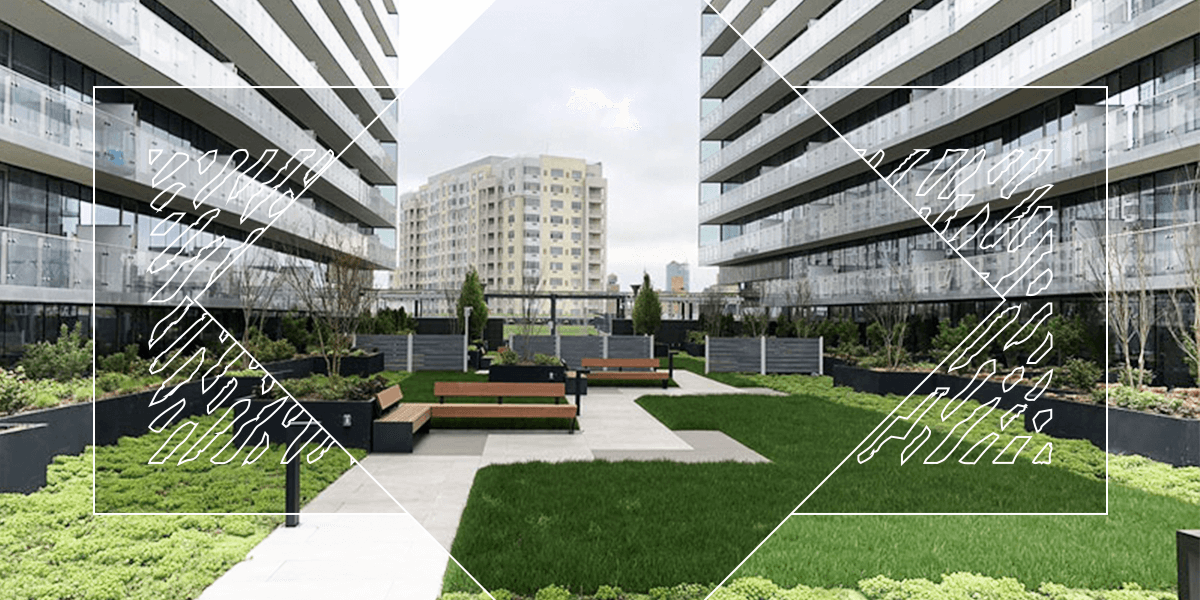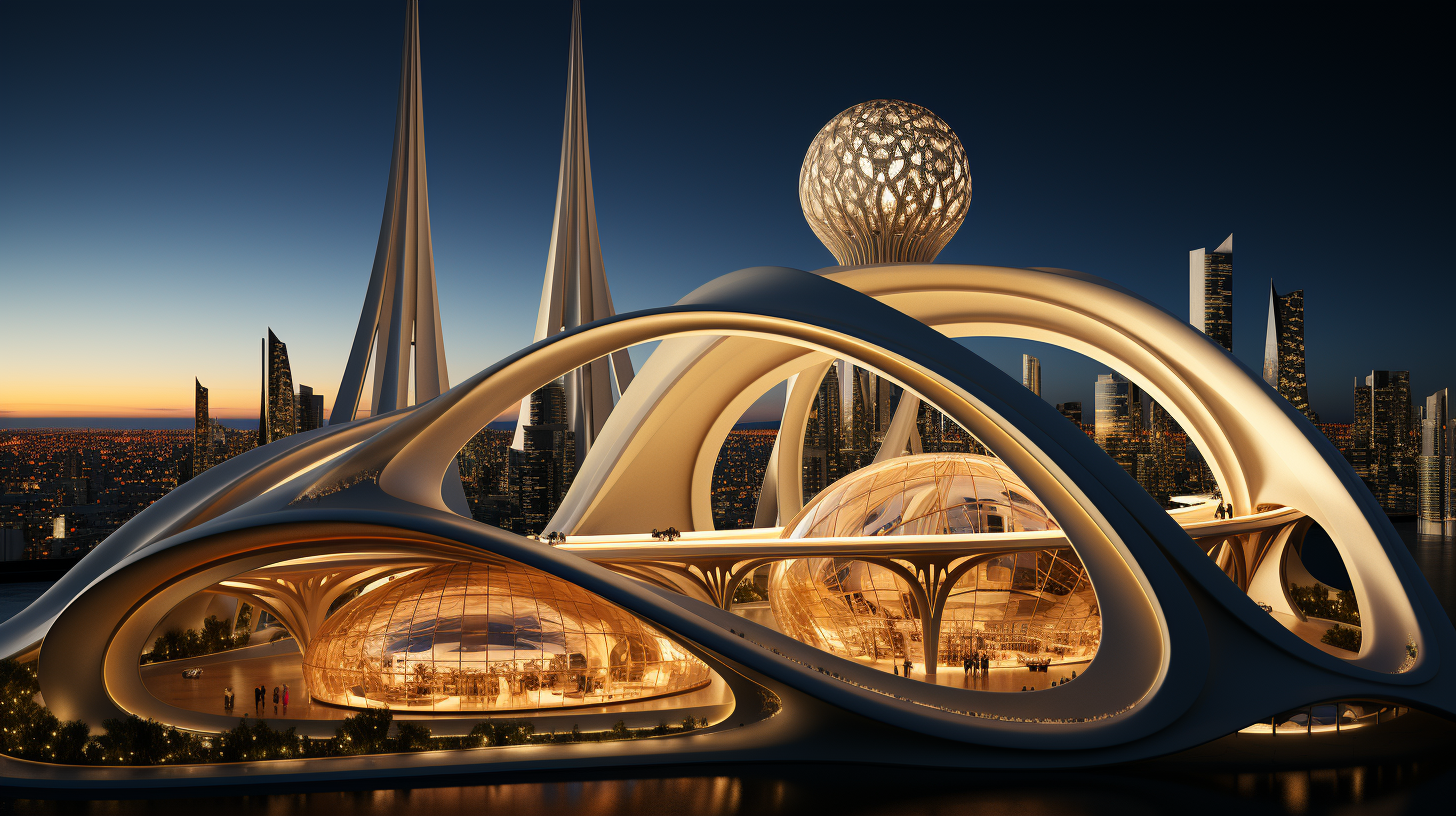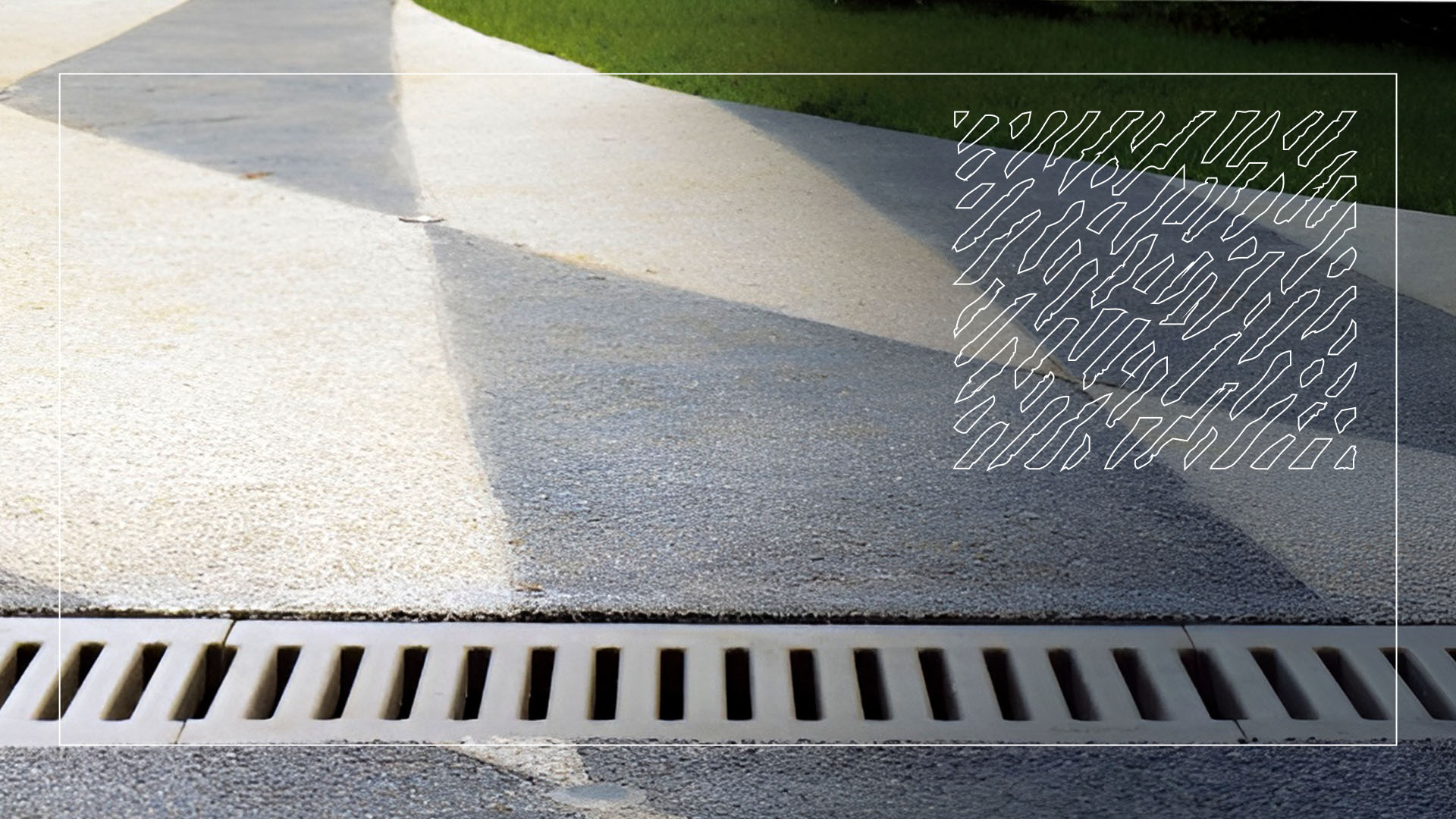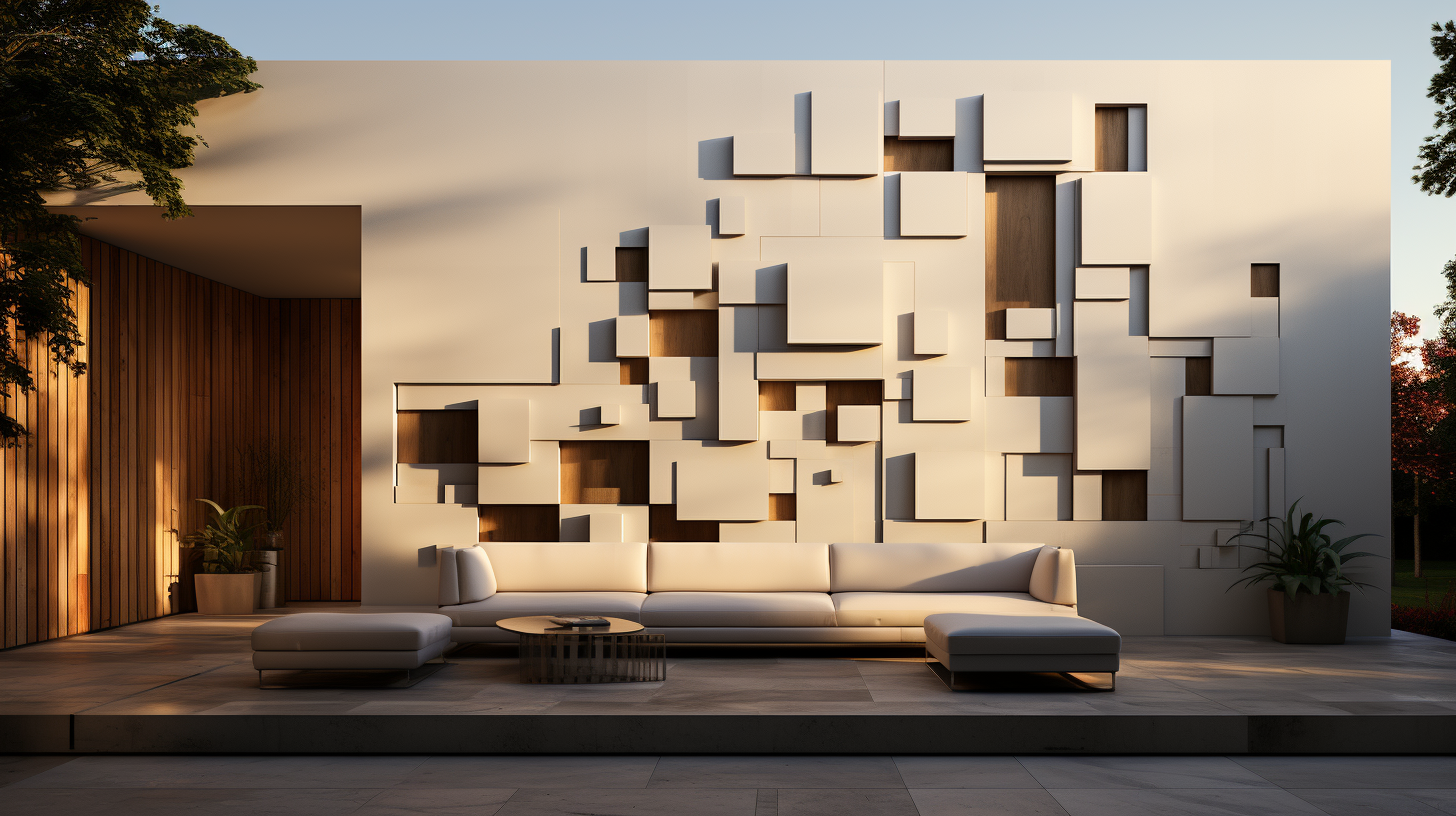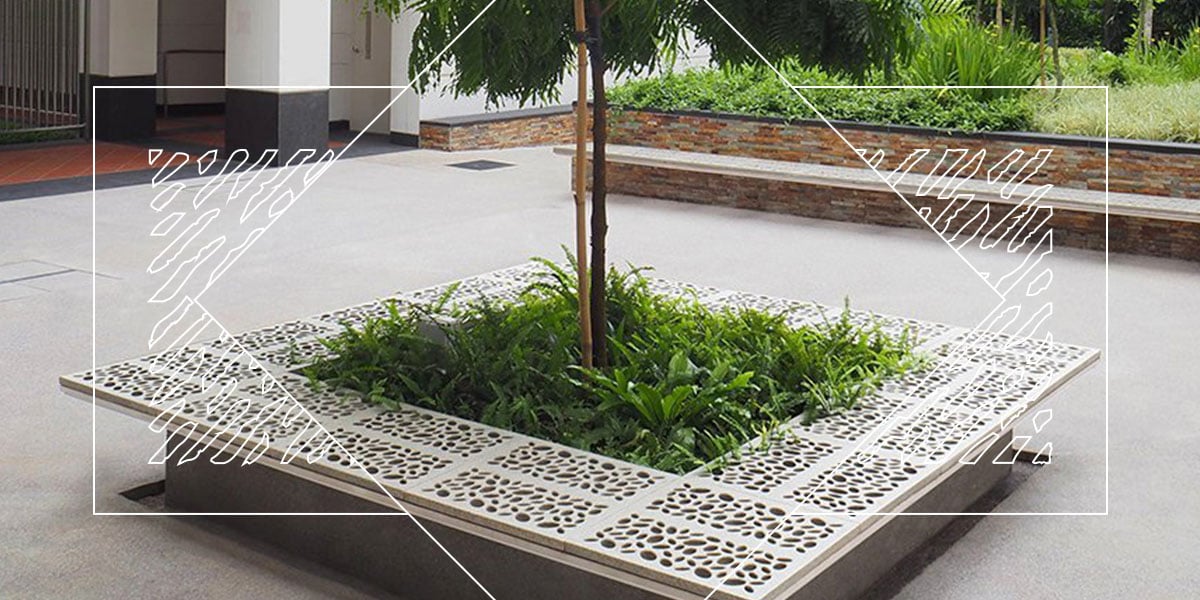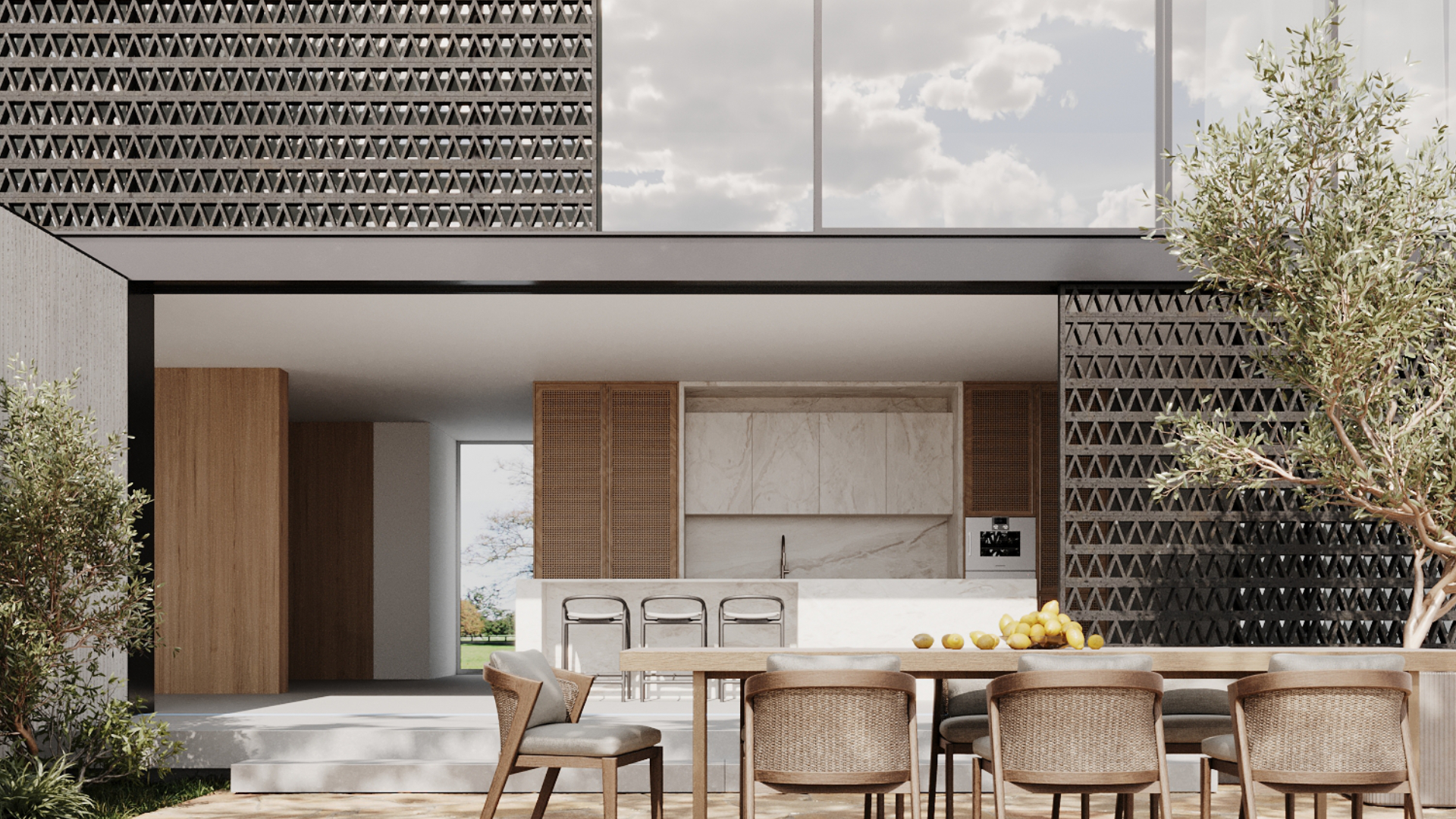Architecture is a form of art that most of us well accustomed to as we see it every day in our daily lives. It is difficult to ascertain where the “art” in a building typically begins since architectural genius goes beyond abiding by a set of rules. Instead, it is the goal of architects to make a building contain a thought. An example would be the sense of mysteriousness that permeates a building designed with the self-expression of a passionate mind. It is important to note that every architect has a distinctive style. This style can differ from one individual to another. One of the most prominent architects of the twentieth century is known for his highly individualised and one-of-a-kind style characterised by its light, colour and volumetrics.
 Park Guell, Barcelona
Park Guell, Barcelona
Antoni Gaudí I Cornet was born in Reus, Catalonia, Spain on 25 June 1852. Architecture, nature and religion were the three passions in his life that influenced his work. Gaudí was known to be meticulous with his creations and often incorporated crafts such as ceramics, stained glass, wrought ironwork forging and carpentry into his architecture. He also introduced new methods in the treatment of materials such as trencadís whereby waste ceramic pieces like tile shards and broken chinaware are cemented-together to form a kind of
Mosaic. Barcelona is the home to most of Gaudí’s works, including of course his magnum opus, the incomplete La Sagrada Família, the Spanish monument that draws the most number of visitors. Gaudí’s works continue to enjoy global popularity and admiration from architects. He also remains the most well-known practitioner of Catalan Modernism.
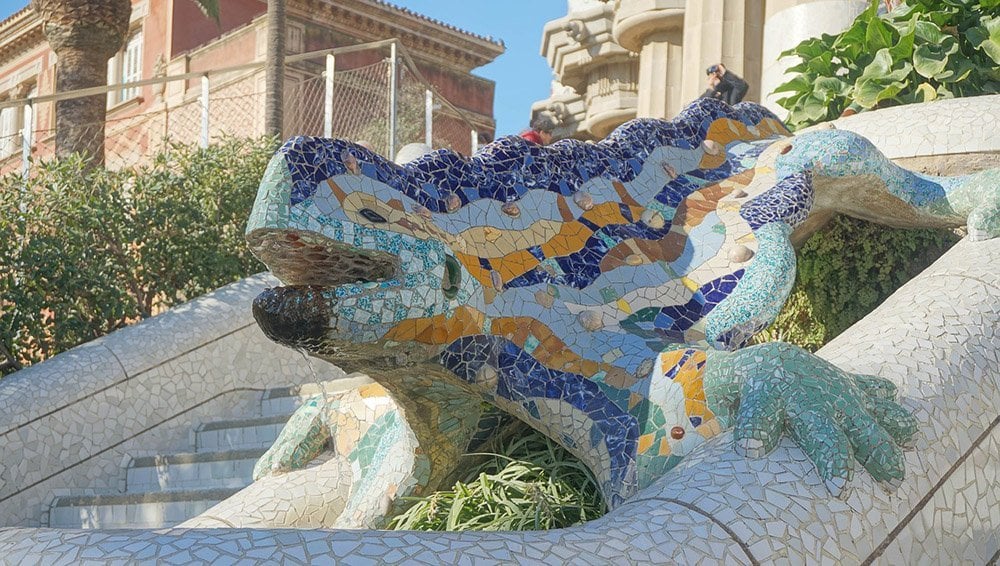 A lizard decorated in trencadís, located at Park Guell, Barcelona
A lizard decorated in trencadís, located at Park Guell, Barcelona
Beginning of his Career
Gaudí began his academic career in architecture when he moved to Barcelona in 1870. He worked various jobs including being a draughtsman for multiple architects and constructors such as Leandre Serrallach, Emili Sala Cortés and Francisco de Paula del Villar y Lozano to finance his studies. Gaudí’s talent in the architectural field also opened doors for him, allowing him to collaborate with some of his professors. The young architect graduated from the Barcelona Higher School of Architecture in 1878.
By then, it was evident that his ideas were more than a simple reiteration of work that he has explored, and one could not receive them with indifference. Gaudí caught the eye of Catalan industrialist Eusebi Güell at the Paris World’s Fair of 1878 where he showcased an exhibit he had produced for the glove manufacturer Comella. Intrigued by its functional and aesthetics modernista design, Güell commissioned many of Gaudí’s most famous projects such as the Güell wine cellars, the Güell Pavilions, the Palau Güell the Park and the crypt of the church of the Colònia Güell. His mature period saw Güell producing one masterpiece after another. The Bellesguard Tower, Casa Batlló, La Pedrera, and most significantly, the Church of the Sagrada Familia are some examples of these.
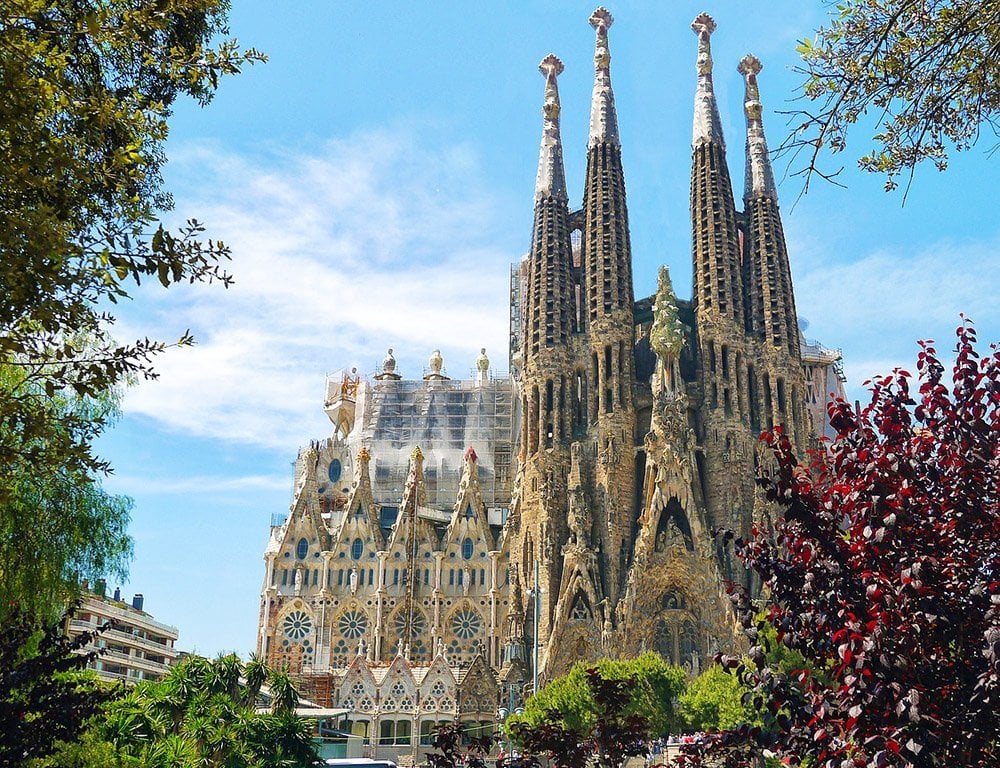 The Church of Sagrada Familia, Barcelona
The Church of Sagrada Familia, Barcelona
This period also saw Gaudí applying more expressive forms of chromatic treatment in his work. It involves the use of different materials and the strategic placement of colour splashes to dramatically alter the look of some of his buildings which were first manifested in his earlier creations like the El Capricho or Casa Vicens in the late nineteenth century. A detailed observation of these two structures will show that the architect deliberately juxtaposes colourful tiles against plain-looking bricks and stones to form the appearance of a chessboard. Likewise, Gaudí can be seen to embrace the highest level of creative freedom through his most colourful work, the Casa Batllo.
Much of this structure's façade is adorned with colourful mosaics made out of broken ceramic tiles as per the trencadís treatment. The Casa Batllo boasts a bright rainbow-coloured façade with a predominantly green and blue colour inspired by water at the sea surface coupled with small foam formations that glide up the balconies and window frames. All in all, the intense level of chromatic treatment present in this famous building evokes a feeling of a dream coming to life.
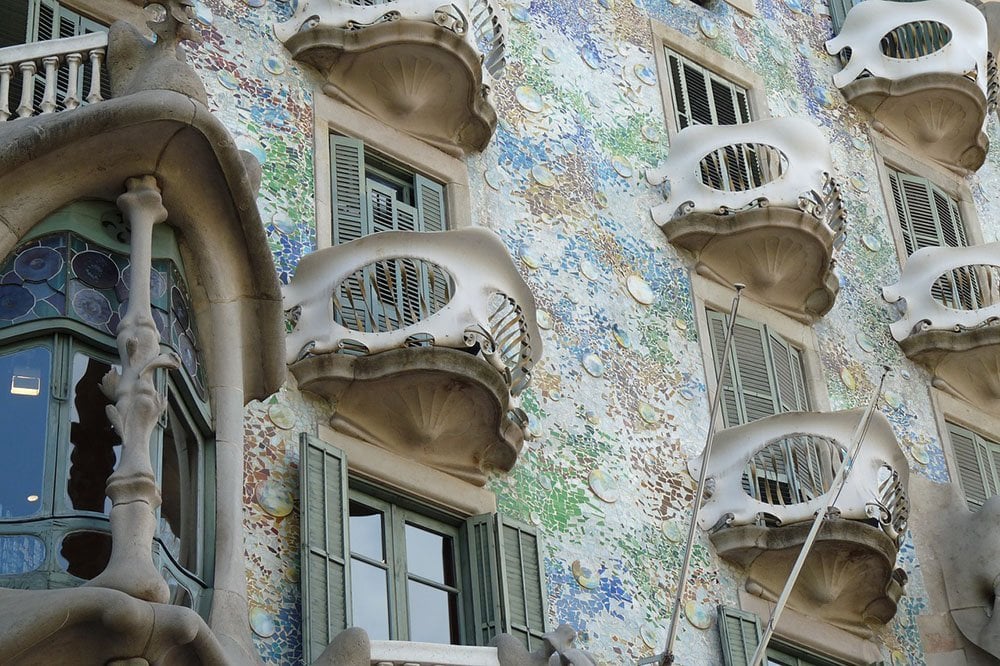 Casa Batllo, Barcelona
Casa Batllo, Barcelona
Lead up to Catalan Modernism
Once again, Gaudí’s use of colour to transmit powerful messages manifested in the Paseo de Gràcia. The inside of its roof decorated with warmer-coloured white, yellow, orange and red tiles pieced together via the trencadís method. The closing of the roof is expected to resemble the backbone of a dragon. It is presented in a series of green and blue ceramic tiles, joined by other orange and red cylindrical pieces. They signify the ushering in of spring following a harsh winter thus eliciting the rebirth of nature. At the same time, these colours create soothing and encouraging effects and feelings. Under the influence of neo-Gothic art and oriental techniques Gaudí later became part of Catalan Modernism – an artistic style that gained traction in the Catalan region of Spain during the 19th century.
Also known as the modernist movement, this form of art has its roots in the Catalan Renaissance where the city grew in wealth and power. The region sought to distinguish itself from Castilian Spain by establishing a national identity which includes restoring the Catalan language as well as introducing modern ideas that would uplift the society and culture as it approached the 20th century. Thus came the modernism movement. In here, the city drew on prominent cultural hallmarks from the Art Nouveau movement, which was taking place in England, France, Belgium, Germany and other European nations during the turn of the century.
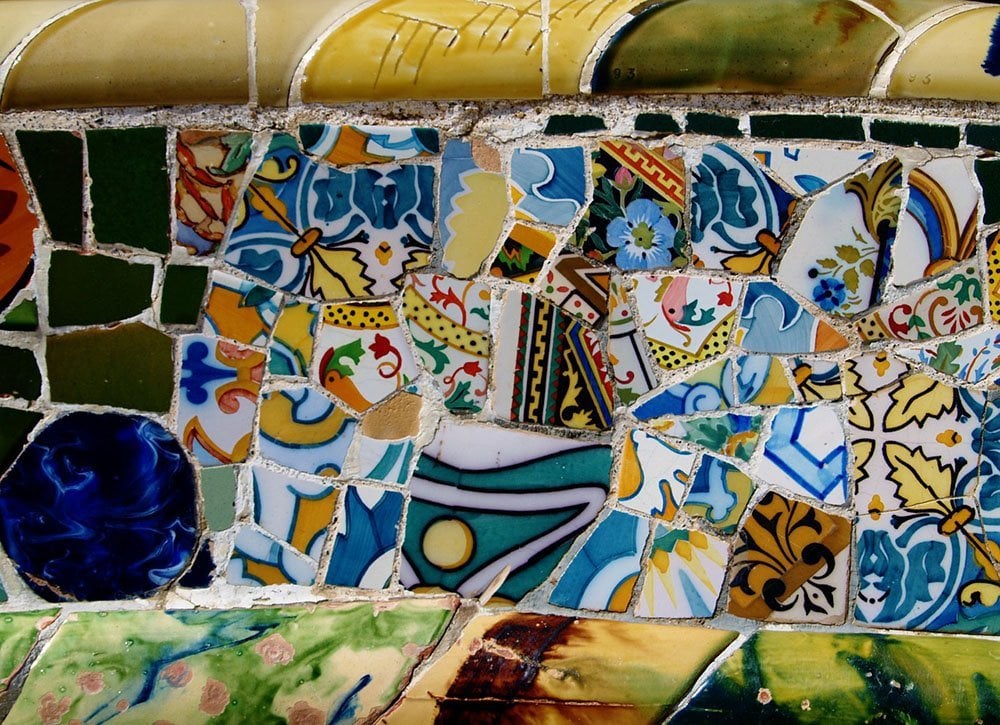 A Catalan Modernism mosaic wall in Park Guell
A Catalan Modernism mosaic wall in Park Guell
Gaudí first became involved with the modernism movement through his contact with oriental arts and the neo-Gothic style that was in fashion at that time. He was inspired by the Eastern art techniques from India, Persia and Japan through studying the works of historicist architectural theoreticians such as Walter Pater, John Ruskin and William Morris which is evident in some of his creations including the Capricho, the Güell Palace, the Güell Pavilions and the Casa Vicens. Later on, Gaudí gravitated towards the neo-Gothic movement by adhering to the ideas of the French architect, Eugène Viollet-le-Duc, influencing the Bellesguard house along with the crypt and the apse found in the La Sagrada Família.
Key Inspirations of his style
Gaudí would go on to develop his brand of organic style inspired by nature. He studied Egyptian, Indian, Persian, Mayan, Chinese and Japanese art through a collection of photographs available at the School of Architecture that also included Moorish monuments in Spain. The latter left an impression of him and later served as an inspiration in many of his works. Gaudí was notably intrigued by the concept of spatial uncertainty in Islamic art. He observed its structural concept of unlimited space whereby a feeling of the sequence is marked by holes and partitions that manage to create a divide without compromising on the sense of open area with the help of enclosed barriers.
However, the style that had the most impact on him remained the theoretical works of Viollet-le-Duc promoted during the Gothic Revival in the second half of the 19th century. It was through the French architect that Gaudí was driven to adopt the styles of the past and apply them in a rational manner that retained both structure and design. While Gaudí considered the Gothic style to be practical regarding its structural solutions, he felt that the art was less than perfect. These initial influences subsequently led Gaudí on a shift towards modernism, then at its prime in the late 19th and early 20th centuries.
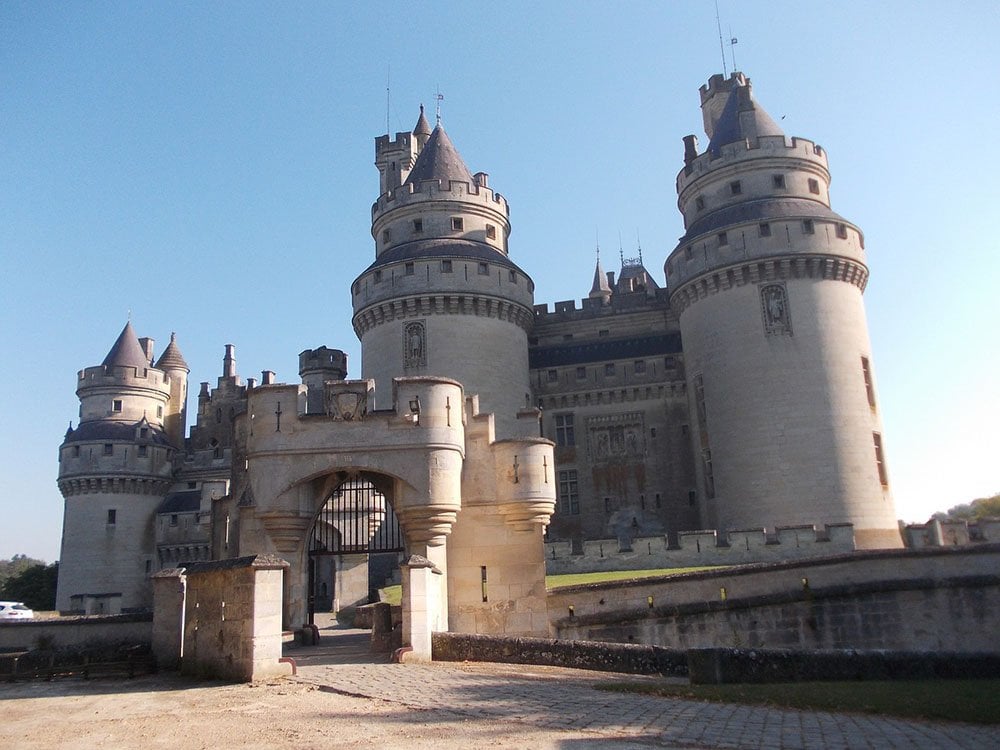 Château de Pierrefonds, a castle restored by Viollet-le-Duc
Château de Pierrefonds, a castle restored by Viollet-le-Duc
Impact of Modernism
Historic architecture inspired Modernism in its earlier stages. Catalan Modernism practitioners regarded the return of the modernism movement as a response to the technological advances brought about by the Industrial Revolution. Gothic elements imbued in the Catalan "national" style during the re-emergence of Catalan culture in the latter half of the 19th century was done to create a sense of nationalism and cosmopolitanism while keeping up with the modernising movement around Europe.
Some significant features of modernism include adopting an anti-classical style developed from Romanticism wherein one gravitates towards lyricism and subjectivity. The connection between architecture and the applied arts alongside artistic work produced in an overtly ornamental form. The utilisation of new materials which led the birth of a mixed constructional language that was rich in contrasts and produced a plastic effect for the whole as well as the feeling of optimism and faith that brought about emphatic art forms which exhibited the prosperity of the city at that time. Above all, modernism provided an aesthetic representation of the bourgeoisie. Catalan Modernism hence references the region’s unique style of architecture in which Gaudí has come to be at the forefront.
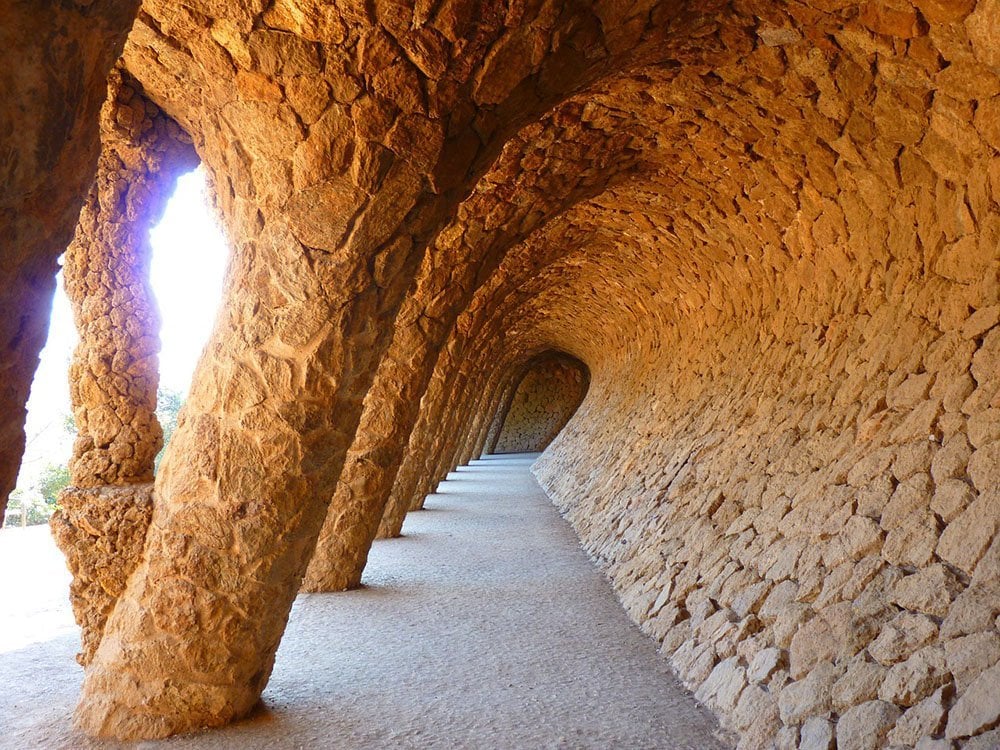 Stone columns located in Park Guell
Stone columns located in Park Guell
The Legacy He Created
Gaudí’s work went beyond mainstream modernism, encompassing an organic style inspired by natural forms. He favoured moulding details onto three-dimensional scale models as he conceived them compared to drawing detailed plans of his works. Nature also influenced his preference for curves over straight lines, varied textures and vibrant colours. With a unique and somewhat bizarre style sprinkled with neo-Gothic, avant-garde and surrealistic influences, Gaudí’s work soon became synonymous with the city of Barcelona. Unfortunately, the 1920s and ‘30s saw the rise of International Style architecture that contrasted sharply with Gaudí’s philosophies. It was not until the 1960s that he started gaining worldwide recognition.
Gaudí spent his entire career in Barcelona where all of his projects, including La Sagrada Familia. He possessed a unique style punctuated by a mixture of Baroque, Gothic, Moorish and Victorian influences. These elements are found in his ornamental tile-work and nature-inspired architectural forms. An example of the latter is the tree-like columns holding up the vast interior of the La Sagrada Familia and the wave-like façade of the Casa Milla apartment block that was inspired by Montserrat, the multi-peaked mountain located just outside Barcelona.
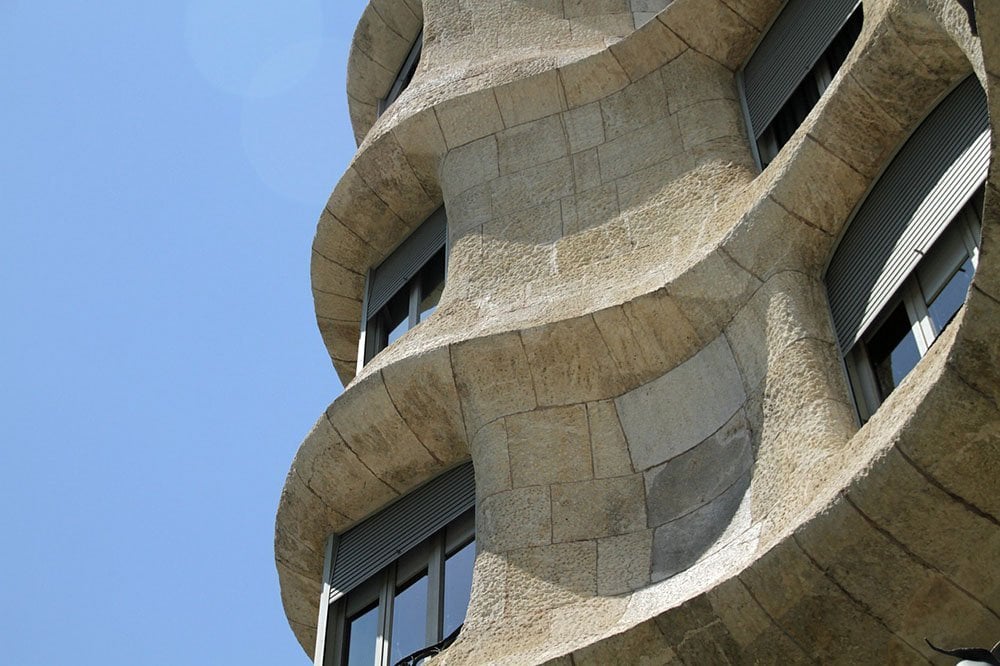 A section of the Casa Milla building
A section of the Casa Milla building
Today, Gaudí is lauded worldwide as a monumental figure in the architectural field as well as a top exponent of Catalan Modernism. His impressive knowledge has made him the innovator of a unique, personal and unparalleled architectural language who broke down many walls during his reign. Gaudí’s works have left an indelible impact on subsequent generations of architectural modernists and are still widely regarded as one of the most prominent in the history of architecture.
A few of write my essay the tools which are used in custom research papers are explained below.




